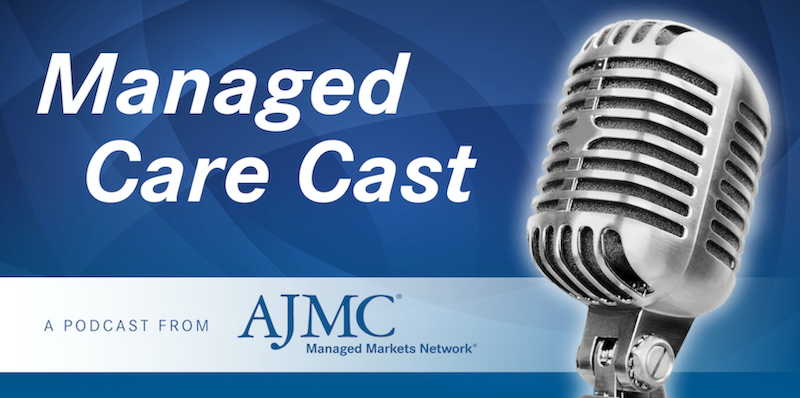Video
Migraine Misconceptions and Final Thoughts
David Hines describes the misconceptions about treatment and prevention for employers and employees. Neil Goldfarb gives final thoughts on migraine management in the workplace.
Transcript:
David Hines: Employers are always worried that there’s going to be a new drug that comes up that’s going to blow their budget. There are some new drugs that are coming out for migraines that are more expensive, but they should be used by, again, you have to have the right medication for the right person at the right time. Not everybody needs that far end or that higher end therapy or modality. But those who need it should have it. It’s only right to treat people and give them the drugs and the medications that they need to take care of their situation, their illness, their disease-state, right?
We need to be aware of the drug and its potential. We need to be aware of when it should be approved or not approved. We should reinforce that back with carriers and our administrators. We should help the patients understand the whole realm of treatment options that are out there from self-treatment to medication. And let’s work together to bring information forward.
I think as employers there are resources we can avail ourselves of, like the migraine at work initiative that we’ll be rolling out. But we need to move beyond waiting on the pharmaceutical companies to educate the doctors who in turn will educate the patients. If we know all this goes on, let’s step out ourselves and work to educate patients, who can then work with their doctor to ensure that the treatments and modalities are there for them.
There are tools out there, we need to become aware of them. It would be great to have a greater presence at our different associations and different outlets that we have so people can become aware of it. And work together to bring this information forward so everybody can be helped.
To improve care of our population, I think we have to know what’s going on. We have to realize that there’s a large percentage of our folks who are out there who do not understand what their issues are, what’s driving these headaches, what is the situation. We need to help that population understand what’s going on. We need to give them the tools with which they can work with their medical providers to help them understand what’s going on with themselves. For folks like myself, who actually have their own provider panel, we need to make sure our providers are well educated on the different modalities of treatment and support that they need to have. As we educate our employees, we’re also going to be educating our providers on the strategies that are there.
Everybody wants folks to be well. The patient wants to be well, the provider wants them to do well, the employer wants them to be well. Sometimes it’s just a matter of making sure we’re all singing out of the same song book.
There are third parties out there ready to help; there are associations that deal with migraines and special needs of the pharmaceutical companies. I know some people will shy away from [pharmaceutical companies]. I used to be an insurance company guy, and insurance companies were the demons in healthcare for a while. Then nowadays you have this thing where the pharmacy benefit managers are the demons, or the pharmaceutical companies are the demons. I don’t think anybody is necessarily the demon.
I think we all want to make a living, but we all need to work with each other to share our resources and our understanding, and work together for those outcomes. The information I’ve seen from the pharmaceutical companies has been fair and balanced on the educational programs and the treatment supports that they have. There are places you can reach out to. There are organizations and companies, and we just need to avail ourselves of it.
Neil Goldfarb: If there’s one thing that I would hope employers came away with from this conversation, it would really be, start to do something to address migraine. Look at your data, but recognize that there’s a significant underreporting problem. If you look at your data, look not only at migraine, but look at recurrent headache. Multiple visits to primary care providers or specialists or emergency departments for headaches. That will help you decide where this fits.
The other thing that I would encourage that we haven’t talked about today is, benefits consultants play a pivotal role in driving employer strategy. I would encourage employers to ask their benefits consultants, “What are you doing about migraine? Are you offering any migraine solutions? Are you working with any other clients on migraine programs or strategies? Could you look at my data, and let’s talk about migraine further.”
I think that would be helpful to move the conversation along. I’d also think we could all do a better job of educating benefits consultants, just as we’re educating employers, about what they could be doing. And so, heightening awareness across the healthcare spectrum will definitely benefit the people who suffer from this very disabling condition.

How Can Employers Leverage the DPP to Improve Diabetes Rates?



